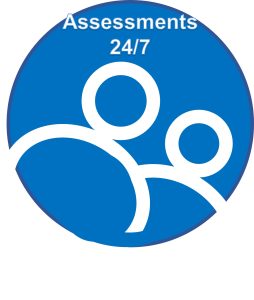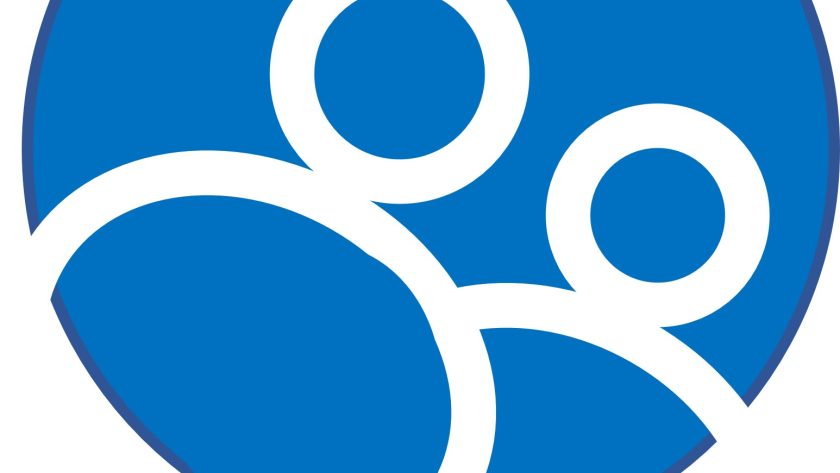Published with Permission from Assessments 24/7.

This is a Monday blog series; our regular coaching blog will be published on Thursday’s.
The previous blogs in this series explored DISC styles and interacting with each. Now it shifts to the styles in a group setting starting with communicating and setting goals.
How the four styles communicate in groups
Each style communicates in ways so different that it’s no wonder misunderstandings occur.
Dominance – High “D” Style
Dominant Styles tend to communicate with short, task-oriented comments, particularly at the start of a meeting when they like to assume control and set the meeting in motion. More than the other styles, they’re concerned about having a clear agenda and setting the tone. They like to keep the discussion on track and on time.
They usually talk most at the beginning and end of meetings, perhaps losing interest in the middle. They also may jump into a discussion, bringing lots of energy and a sense of urgency. Then they may pull back, often in frustration with the failure to make rapid, tangible progress. Before long, they begin to call attention to how much time’s gone by. Soon, they’re pressing for closure and for concrete decisions.
Influence – High “I” Style
Influence Styles, by contrast, communicate more frequently and more evenly throughout a meeting. Their comments are more likely to include jokes and to cover a range of topics so wide that the Influence Style may appear to be hopping all over the place.
Steadiness – High “S” Style
Steady Styles seem generally interested in discussions throughout the whole meeting. They may ask many questions, trying to understand others’ points of view or what follow-through will be expected. They naturally act as synthesizers, go-betweens, or translators, by saying things like, “Now, if I understand what Jane and Tom meant, it’s that the next step is to….” or “To get back to Samantha’s comment, it seems that her idea dovetails nicely with what Bob mentioned a few minutes ago.”
Conscientious – High “C” Style
On the other hand, Conscientious Styles usually just quietly observe until they fully grasp an issue and have figured out in some detail what they want to say and if they’ll feel comfortable saying it. They often begin by asking a few, well-chosen questions. Then, if the climate seems receptive, they’ll build up to a longer statement on what they believe is the answer.
How the four styles set goals in groups:
The different styles often have different goals in mind. Even the number of objectives can differ.
Dominance – High “D” Style
Dominant Styles prefer to focus on one specific goal. Ideally, it involves an action that’s also efficient, productive, and cheap.
Influence – High “I” Style
Influence Styles, by contrast, may have many loosely defined objectives and those may change in the course of the process. If there’s a consistent theme to the Influence Styles’ goal-setting, it’s getting the job done by being nimble, by changing as much or as often as needed.
Steadiness – High “S” Style
Steady Styles tend to favor multiple goals. If they must choose just one, it’d be one that opens opportunities for themselves and others to work well together. So, for example, they might favor dividing the problem into parts and then assigning sub-groups to handle each part.
Conscientious – High “C” Style
Quite to the contrary, Conscientious Styles, like Dominant Styles, strongly prefer a single goal for the group. Conscientious Styles especially like goals that put the greatest emphasis on accuracy or quality – say, deciding to produce the best item, rather than one of lesser quality which might be made quicker or more cheaply. Conscientious Styles also favor goals that promote the growth of something – size, profit, efficiency, customer satisfaction, or anything that can be reflected in an upward trend line.
In the next blog, information on how the DISC styles use influence, involve others, and set goals in groups is provided.





